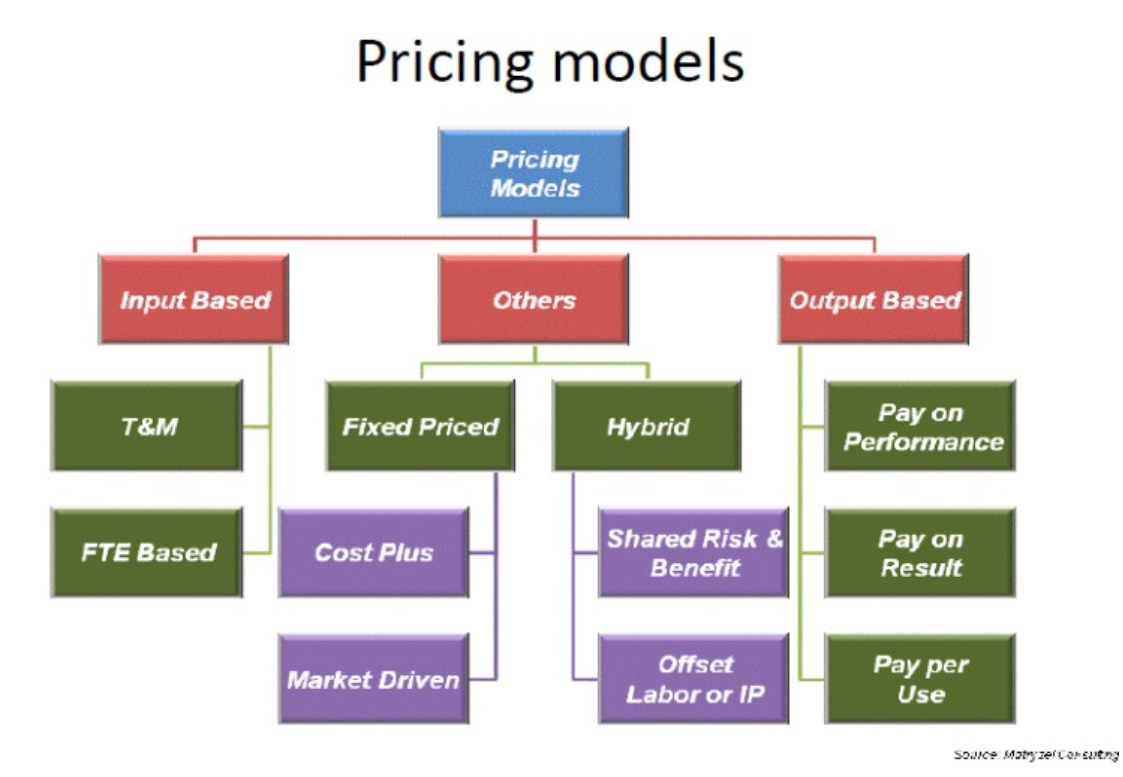The Taylor Rule is a crucial tool in monetary economics, guiding central banks on setting interest rates to stabilize the economy. Developed by economist John B. Taylor in 1993, the rule provides a systematic approach for adjusting nominal interest rates in response to deviations in inflation and output from their target levels. This article delves into the formula and mechanics of the Taylor Rule, and explores its practical application within the context of South Africa’s monetary policy.
The Formula
source: educba
Where Neutral Rate = Real Policy Rate + Expected Inflation Rate
- Neutral Rate: It represents the existing short-term interest rate. You can calculate it by adding the real policy and expected inflation rates.
- GDPe: Expected GDP Growth Rate
- GDPt: Long-Term or Target GDP Growth Rate
- Ie: Expected Inflation Rate
- It: Target Inflation Rate
How the Taylor Rule Works
- Neutral Rate: This is the baseline interest rate that is assumed to keep the economy stable when both inflation and output are at their target levels. It represents the equilibrium interest rate where the economy is neither overheating nor underperforming.
- Output Gap Adjustment: 0.5×(GDPe−GDPt)0.5 \times ({GDPe} - {GDPt})0.5×(GDPe−GDPt)
- GDPe - GDPt represents the output gap, which is the difference between potential output (GDPe) and actual output (GDPt).
- If GDPe (potential output) is greater than GDPt (actual output), the output gap is positive, indicating that the economy is underperforming relative to its potential.
- If GDPt is greater than GDPe, the output gap is negative, suggesting that the economy is overheating.
- The coefficient 0.5 reflects the central bank's responsiveness to deviations in output from its potential. A positive output gap usually calls for a higher interest rate to cool down the economy, while a negative gap suggests a lower interest rate to stimulate growth.
- Inflation Gap Adjustment: 0.5×(Ie−It)0.5 \times ({Ie} - {It})0.5×(Ie−It)
- Ie - It represents the inflation gap, which is the difference between the target inflation rate (Ie) and the actual inflation rate (It).
- If the actual inflation rate (It) exceeds the target inflation rate (Ie), the inflation gap is positive, indicating higher inflation pressures.
- If It is below Ie, the inflation gap is negative, suggesting lower inflation pressures.
- The coefficient 0.5 indicates how much weight the central bank gives to deviations from the inflation target when setting the interest rate. A positive inflation gap generally leads to a higher interest rate to bring inflation down to target, while a negative gap may prompt a lower interest rate to encourage inflation.
Practical Implications
- Balancing Inflation and Output: The Taylor Rule helps central banks balance their responses to inflation and output gaps. By adjusting interest rates based on these factors, central banks can stabilize the economy, targeting a balance between growth and price stability.
- Simple and Transparent Policy Framework: The formula provides a clear, systematic approach to setting interest rates, which can enhance transparency and predictability in monetary policy.
- Adjustments for Economic Conditions: While the formula is straightforward, central banks may adjust the coefficients (here, both are set at 0.5) based on specific economic conditions or policy preferences. For instance, in times of economic uncertainty, the central bank might weigh inflation or output more heavily depending on their priorities.
Application in South Africa
In the context of South Africa, the Taylor Rule can be applied similarly to guide the South African Reserve Bank (SARB) in setting interest rates:
- Neutral Rate: SARB estimates the neutral rate based on economic conditions and historical data.
- Output Gap: SARB would calculate the difference between South Africa's potential output and actual GDP to determine whether the economy is underperforming or overheating.
- Inflation Gap: SARB uses the difference between the target inflation rate and the actual inflation rate to decide how to adjust interest rates to maintain price stability.
Application of the Taylor Rule in South Africa
South Africa's central bank, the South African Reserve Bank (SARB), uses monetary policy tools to manage economic stability, including interest rate adjustments. The Taylor Rule provides a framework for SARB to systematically adjust its policy rates, although it is not the sole determinant.
- Inflation Targeting: South Africa has an inflation-targeting regime, with SARB setting a target inflation range. The Taylor Rule helps SARB by providing a structured approach to setting interest rates in response to deviations from the target inflation rate. SARB’s reaction to inflation deviations typically aligns with the principles outlined in the Taylor Rule, although the specific coefficients α\alphaα and β\betaβ may be adapted to reflect the unique economic conditions of South Africa.
- Economic Output Considerations: SARB also considers the output gap in its monetary policy decisions. South Africa's economy is subject to various external shocks and structural challenges, which can cause significant deviations from potential output. The Taylor Rule helps SARB in balancing these considerations by adjusting interest rates to manage economic overheating or underperformance.
- Real Neutral Rate Estimation: Determining the real neutral interest rate rt∗r_t^*rt∗ is crucial for applying the Taylor Rule effectively. In South Africa, this rate is estimated based on historical data and economic models. The neutral rate can vary over time due to changes in the global economy, domestic conditions, and shifts in fiscal and monetary policy.
Conclusion
The Taylor Rule offers a systematic approach for central banks to set interest rates based on economic conditions, particularly inflation and output gaps. While it provides a valuable guideline, central banks like the SARB consider a range of factors when setting policy rates. In South Africa, the Taylor Rule assists in shaping monetary policy to achieve economic stability, manage inflation, and address output fluctuations, contributing to a balanced and responsive monetary policy framework.
By incorporating the Taylor Rule into their decision-making processes, central banks can enhance their policy effectiveness, ensuring that interest rate adjustments are aligned with macroeconomic conditions and objectives.
source:southafricanmi






